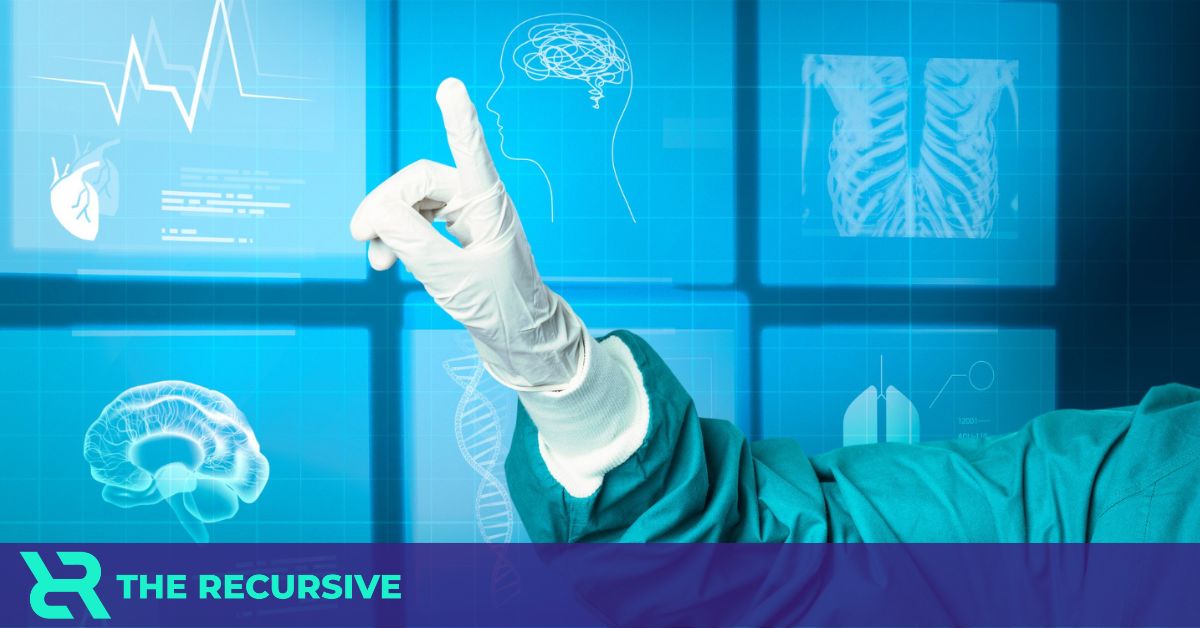6 Medtech Trends That Sneak a Peek… Leave a comment

The future of medicine is not just about the treatments and cures – it is also about the technology that helps diagnose diseases and take care of patients. The medical field is becoming more advanced with the help of technology and as a result, many innovations are already being picked up by doctors and patients alike.
Artificial intelligence has already been used to create automated devices to help diagnose diseases like cancer or diabetes. And it can be used in other areas too – like predicting when a patient will have an epileptic seizure or when they might need to go to the emergency room. Wearables are also being explored as a way to monitor health conditions and enable remote patient monitoring from afar.
In this article, we take a look at some up-and-coming trends for 2023 that will help medical workers improve patients’ lives through technologies such as AI, wearables, and much more.
AI and machine learning
These technologies are already being used in various aspects of healthcare, such as diagnosis and treatment planning. In the future, AI and machine learning may be used to analyze large amounts of data to identify patterns and predict outcomes, potentially improving the accuracy and efficiency of healthcare decisions.
According to Georgi Kadrev, co-founder and CEO of Bulgaria-based AI analytics tool Kelvin Health, the real determinant of the success of every healthcare system is efficient and timely diagnostics – something that is still lacking for the majority of the socially significant deadly diseases.
“Even in economically well developed countries the waiting times are unacceptably long and the diagnostics are hard to access. We already see the growing tendencies of AI-assisted diagnostics using established imaging modalities such as x-ray, CT, and MRI. Some diagnostic methods, like ultrasound, have even become portable enough to be used remotely in some cases,” Kadrev tells The Recursive.
For Tihana Petricevic, founder and CEO of Silver technologies, a software platform and wearable device for telemonitoring elderly patients, future innovative solutions in the industry could include a bigger adoption of AI and big data among other technologies.
“These innovative solutions include as usual the application of artificial intelligence (AI), big data, virtual and augmented reality (VR, AR), 5G, cloud computing, bioprinting, robotics, and telemedicine. Significant advancement has been made in biotech as we have witnessed a new innovative approach in the development of vaccines (primarily for COVID),” Petricevic explains.
Telemedicine
With the increasing prevalence of remote work and social distancing measures as a consequence of the COVID-19 pandemic, telemedicine is likely to become even more widely adopted. This could involve virtual consultations with healthcare professionals, remote monitoring of patients, and the use of wearable devices to track and transmit vital signs.
As Petricevic explains, in this regard, the COVID-19 pandemic has changed our societies in so many ways that it remains the main disruptor of global healthcare systems.
“COVID-19 took many lives, but it also served as a catalyst. During this period few technology areas emerged as main beneficiaries. These include primarily virtual care and telemedicine tools and solutions which facilitate remote consultations and patient monitoring. There are digital solutions which help in the organization of administrative workflows in healthcare institutions, and also solutions which include health data analysis and patient management solutions,” Petricevic points out.
3D printing
3D printing has the potential to revolutionize the production of medical devices and prosthetics, as well as custom-made implants. It could also be used to create models of organs or tissues for surgical planning and training.
Wearable technology
Wearable devices, such as smartwatches and fitness trackers, can be used to track and monitor various aspects of a person’s health.
In the future, these devices may become more sophisticated and able to collect a wider range of data, potentially allowing for the early detection of health issues.
Personalized medicine
As our understanding of genetics and genomics improves, it may be possible to tailor treatments to the specific needs of individual patients based on their genetic makeup.
In turn, this could involve using genetic testing to identify the most effective treatments for a particular patient or using gene editing technologies to correct genetic defects.
“Still the major innovations need to happen on the system level, having the patient at the center. This means that we hope, and work relentlessly, to see in 2023 more integration of AI technology as early in the patient journey as possible, enabling rapid, non-invasive, and still very precise diagnostics. Provided in a patient friendly way, largely disregarding the location or the economic status,” Kadrev emphasizes.
Digital health
Digital health refers to the use of digital technologies to improve healthcare delivery, such as electronic health records, telemedicine, and mobile health apps. In the future, these technologies may be integrated and used to provide a more seamless and efficient healthcare experience for patients.
And while digital health solutions are on the rise, Petricevic expects that their implementation is going to face lots of challenges in the period ahead.
“Health innovation and digital health solutions play an important role and have enormous potential in strengthening healthcare systems. However, the implementation of these solutions on an EU level varies from country to country, and many challenges remain in achieving better synergy between the academic, private, and public healthcare sectors,” Petricevic concludes.


